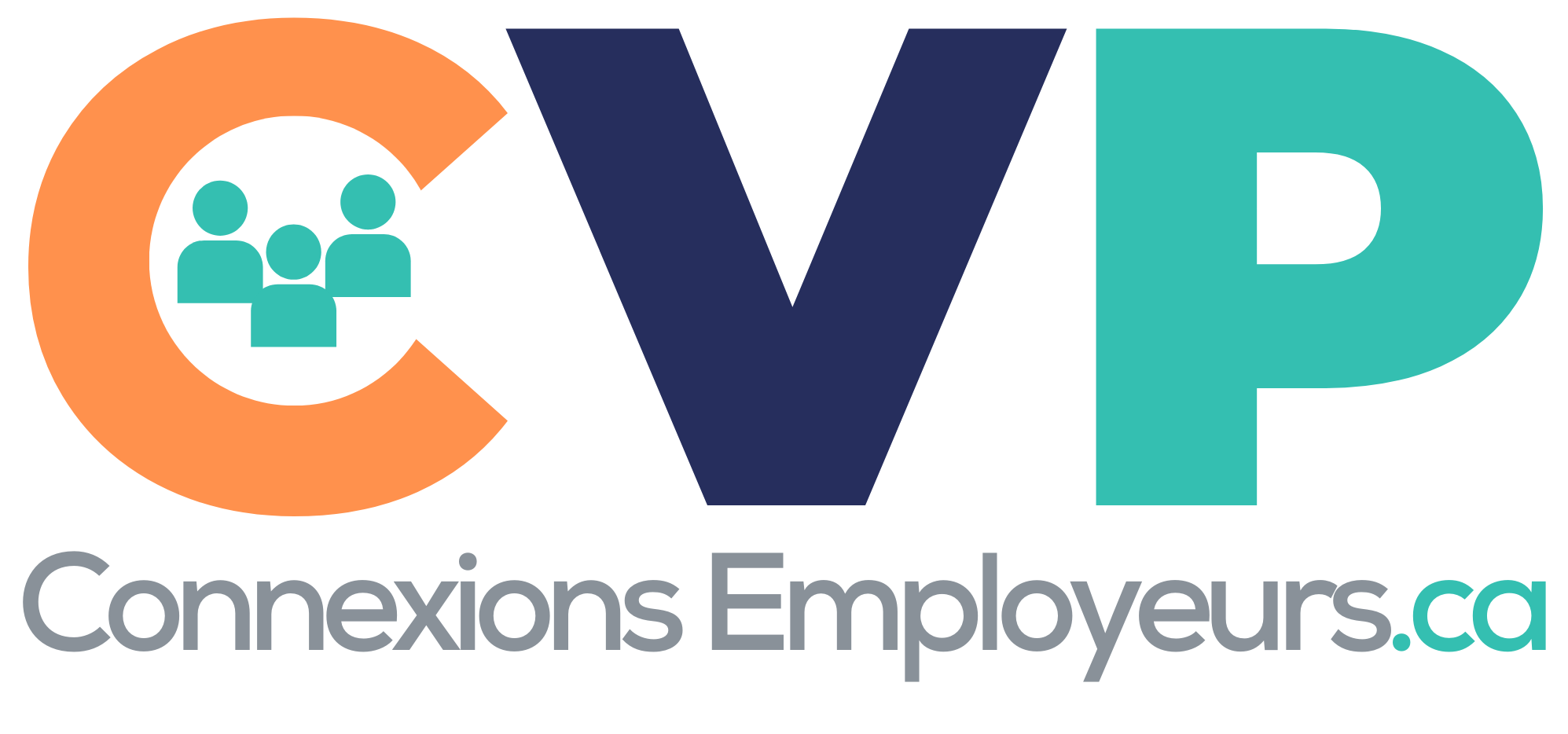AI and DEI

Artificial intelligence has the potential to infuse diversity, equity and inclusion (DEI) into organizations at a systemic level — if it’s used wisely.
When paired with a keen DEI lens, artificial intelligence (AI) can ensure that foundational journeys and processes support the organization’s DEI strategy — and even dismantle historical bias that may have gone unseen. However, most companies feel they are not prepared to thrive in the era of human–machine teaming. And as Mercer’s upcoming Global Talent Trends 2024 report reveals, only 16% of employees globally believe their organizations’ leaders are embracing AI and/or automation.
Those who don’t use or understand AI can’t reap the rewards, nor can they manage the impact of AI on DEI. Leading companies are keeping several risks and opportunities top of mind in their digital transformations.
The risks AI poses to DEI
AI could stall or reverse corporate DEI progress and even exacerbate the problems this work aims to solve. Only 33% of employees expect (or have already seen) positive changes in their workload due to AI and/or automation. This is partly because many firms try to keep their old processes when adopting new technologies. Paper forms become digital files that are easy to craft, copy and move, so the noise and clutter they fuel often gets worse.
From a DEI perspective, this trend toward business as usual can amplify the marginalization already present in the organization. Here’s what to watch out for:
-
Bias
Generative AI outputs can perpetuate the biases found in the training data, algorithms and other inputs that guide it. Tools like Midjourney and ChatGPT were trained on a wealth of online data, including harmful and biased content which has been included in their outputs.
Company data can also capture historically biased decisions. People from certain groups may have been hired at lower rates or received less positive feedback than others. AI models that aren’t trained on diverse, high-quality data and designed to flag concerns could simply repeat those patterns of bias from company records.
Bias is also present in other AI applications. Facial recognition and analysis tools that are trained mostly on images of white men, for instance, can misread photos of women and people of colour. And flaws in development can drive a host of predictive algorithms to make unfair, adverse decisions for marginalized groups on everything from loan applications to criminal sentencing.
-
Data privacy and securityWithout the right controls in place, connecting AI to company systems may harm employee data privacy and security. Colleagues could be able to access each other’s private data. AI vendors might collect, sell or mishandle personal information from customers and their employees. These vendors could even fail to secure such information from cyberattacks and identity theft by third parties.
-
The digital divide
Perhaps the greatest threat from AI is the digital divide: an opportunity gap between those who can access new technologies and those who cannot. Much like computers, the internet and mobile devices, AI unlocks new resources and capabilities — and those who can’t use it won’t benefit.
Part of the digital divide is material. At a minimum, using AI requires a computer or mobile device, which many people either can’t afford or don’t receive from their companies unless it’s essential to their jobs. Web-based AI tools call for internet access, but that isn’t cheap either — and it’s unavailable in some rural areas.
Further, generative AI takes far more computing power than what most people can access for free. Some vendors do provide streamlined “free” versions of generative AI tools, but they often collect users’ personal information to subsidize the costs. The more advanced tools typically require that people or their employers pay a subscription fee — and even at large companies, it’s a significant cost that often limits the speed and availability of these tools.
The digital divide is also about exposure. It takes hands-on learning to effectively use, understand and benefit from AI. People who don’t get to use it at home, in school or on the job won’t enjoy the same professional growth as those who do.
Pour lire la suite de l’article, cliquez ici.
Source : Mercer, 2024

Réponses